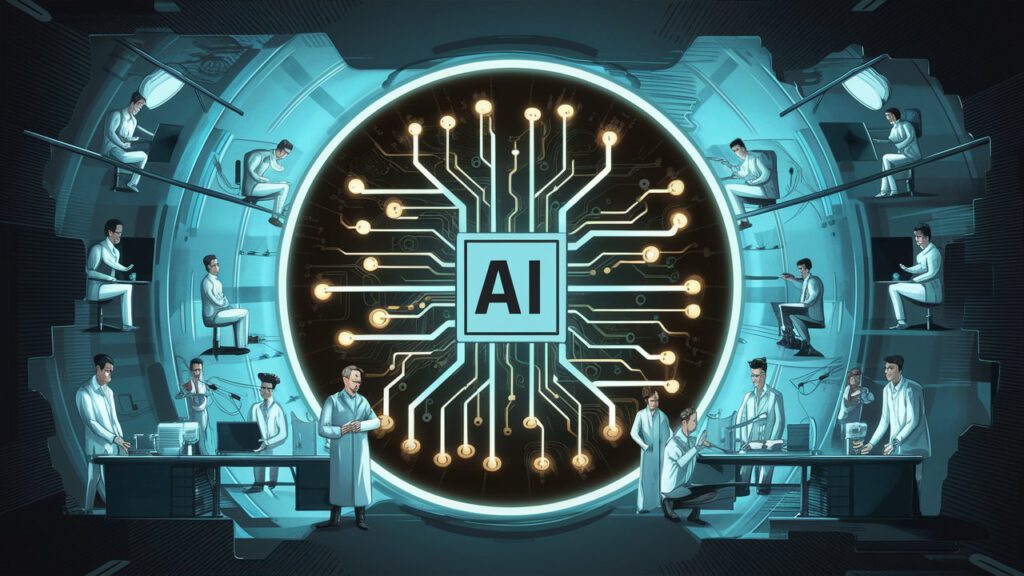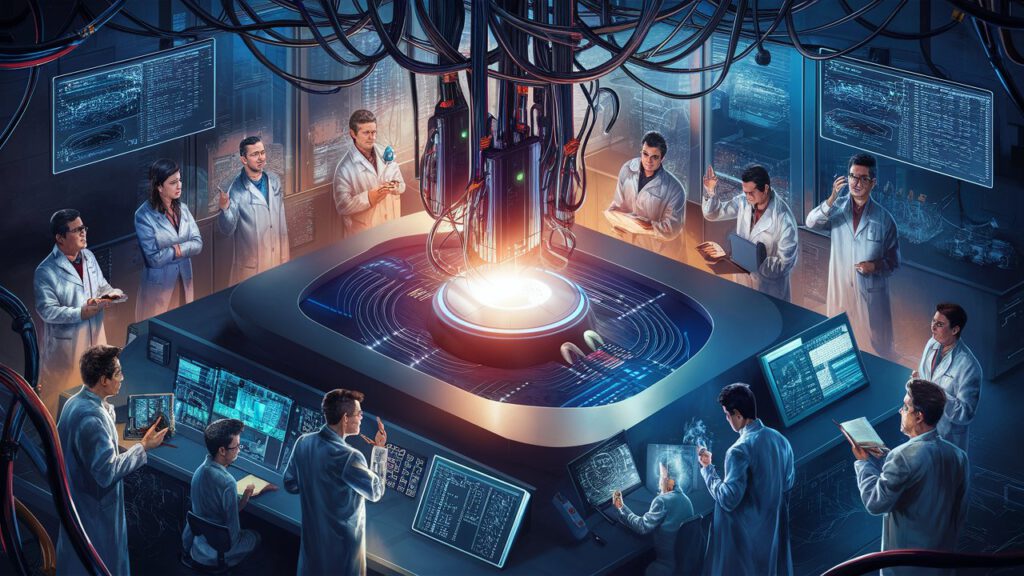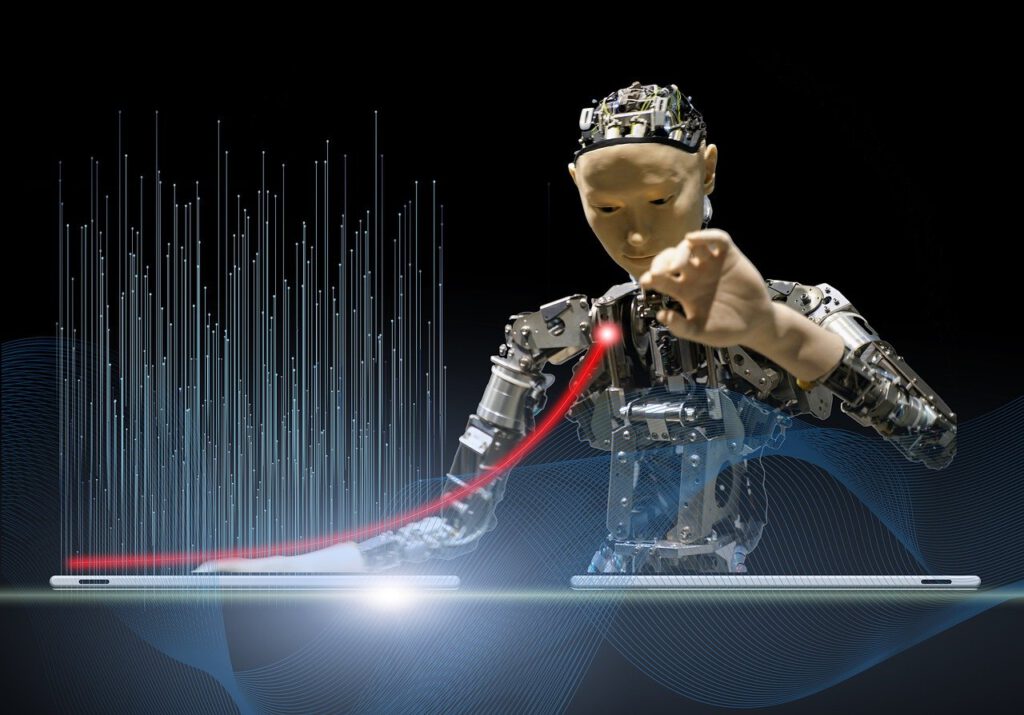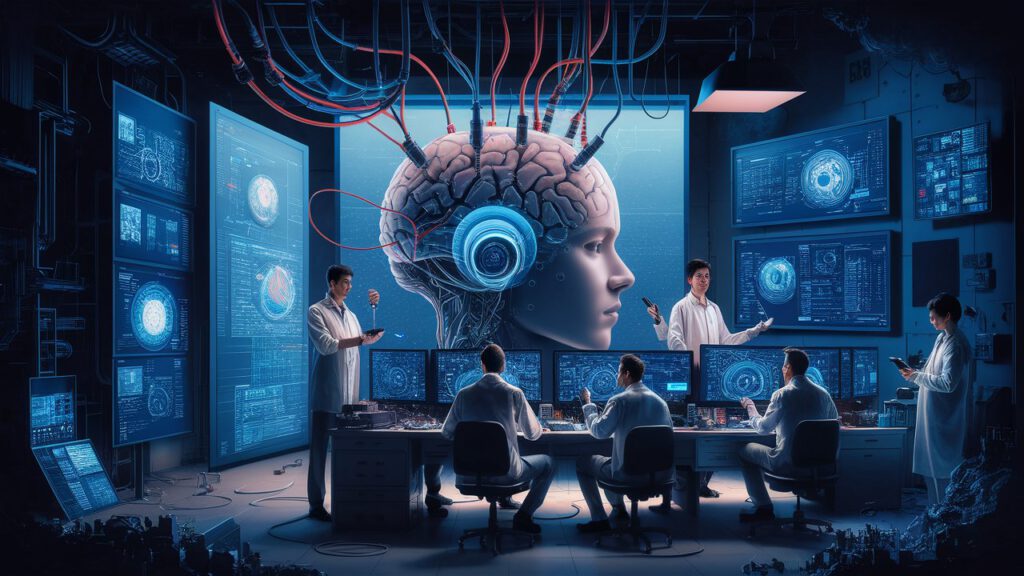
Sora AI is making waves in the tech world. It can create videos from text descriptions. This is amazing, but how does it work? Let’s dive into the technology behind Sora AI.
The Foundation: Neural Networks
At its core, Sora uses neural networks. These are computer systems that mimic the human brain. They learn from data. The more data they see, the smarter they get.
Sora’s neural networks have seen millions of videos. They’ve learned about objects, movements, and scenes. This knowledge helps Sora create new videos.
The Transformer Architecture
Sora uses a special type of neural network. It’s called a transformer. Transformers are great at understanding context. They can see how words relate to each other in a sentence.
In Sora, transformers help understand your text prompt. They figure out what kind of video you want. Transformers also help plan the video’s structure.
Diffusion Models: From Noise to Clear Images
Sora uses diffusion models to create images. These models start with random noise. Then, they slowly turn this noise into a clear picture.
It’s like cleaning a dirty window. At first, you can’t see anything. As you clean, the image becomes clearer. Diffusion models do this, but with AI.
Sora uses diffusion models for each frame of the video. This helps create high-quality images.
Working in Latent Space

Sora doesn’t work directly with video data. Instead, it uses something called latent space. This is like a compressed version of video information.
Working in latent space is faster. It allows Sora to handle complex video tasks more efficiently. It’s like working with a blueprint instead of a full-size building.
Temporal Consistency: Making Smooth Videos
Creating a video isn’t just about making good images. The images need to flow smoothly. This is called temporal consistency.
Sora has special techniques for this. It makes sure objects move naturally from frame to frame. It keeps things like lighting and colors consistent. This makes the video look more realistic.
The Video Generation Process
Let’s break down how Sora creates a video:
1. Text Input: You type in what you want to see.
2. Text Analysis: Sora’s transformers analyze your text. They understand what you’re asking for.
3. Video Planning: Sora plans out the video. It decides what should happen in each part.
4. Frame Generation: Sora creates each frame of the video. It uses diffusion models for this.
5. Motion Creation: Sora adds movement between frames. This turns still images into a moving video.
6. Consistency Check: Sora makes sure everything looks right across the whole video.
7. Final Output: Sora gives you the completed video.
The Importance of Training Data

Sora’s abilities come from its training data. This includes millions of videos and text descriptions. The quality of this data is crucial.
Good training data helps Sora understand:
– How objects look and move
– How scenes change over time
– How to match text descriptions to visual content
OpenAI is careful about choosing training data. They want Sora to create good videos without copying existing content.
Handling Long-Form Content
Creating short videos is one thing. But Sora can handle longer content too. This is tricky for AI. It needs to keep track of many details over time.
Sora uses special techniques for this. It can plan out longer narratives. It remembers details from earlier in the video. This helps create coherent, longer videos.
Multimodal Learning
Sora doesn’t just understand text and video. It can work with other types of data too. This is called multimodal learning.
For example, Sora might use audio data to understand mood. Or it might use image data to get more details about a scene. This makes Sora’s videos more rich and accurate.
Optimization Techniques
Creating videos takes a lot of computing power. Sora uses several tricks to work efficiently:
– Parallel processing: It works on many parts of the video at once.
– Smart caching: It remembers common elements to avoid redoing work.
– Adaptive resolution: It uses higher resolution only where needed.
These techniques help Sora create videos faster and with less computing power.
Handling Different Video Styles

Sora can create many types of videos. It might make a realistic nature scene. Or it could create a cartoon-style animation. This flexibility comes from its training.
Sora learned about different video styles from its training data. It can mimic these styles in new videos. This makes Sora useful for many different tasks.
The Challenge of Realism
Creating realistic videos is hard. Small details can make a video look fake. Sora works hard on these details:
– Lighting and shadows
– Texture of surfaces
– Natural movements of objects and people
– Consistent perspective
Sora isn’t perfect at this yet. But it’s getting better all the time.
Ethical Considerations in the Technology
The technology behind Sora raises some ethical questions. For example:
– How do we prevent the creation of misleading videos?
– How do we protect people’s privacy in training data?
– How do we make sure Sora is fair and unbiased?
OpenAI is thinking about these issues. They’re building safeguards into Sora’s technology.
The Future of Sora’s Technology
Sora’s technology is always improving. In the future, we might see:
– Even longer and more complex videos
– Better handling of specific details
– More realistic lighting and physics
– Integration with other AI systems
The team at OpenAI is constantly working on these improvements.
Comparing Sora to Other Video AI
Sora isn’t the only AI that can create videos. But it has some unique features:
– It can handle longer and more complex prompts.
– Its videos have better continuity.
– It can create a wider range of video styles.
However, other systems might be faster or use less computing power. Each system has its strengths.
The Impact on Creative Industries
Sora’s technology could change many industries. It might be used in:
– Film and TV production
– Video game development
– Advertising
– Education
– Art and design
This technology won’t replace human creativity. But it could become a powerful tool for creators.
Frequently Asked Questions
Q1: How long does Sora take to create a video?
A1: The time varies depending on the video’s length and complexity. It can take anywhere from a few minutes to several hours.
Q2: Does Sora use real video footage in its creations?
A2: No, Sora generates entirely new footage based on its training. It doesn’t use or copy existing video clips.
Q3: How does Sora avoid copyright issues?
A3: Sora is designed to create original content, not copy existing videos. OpenAI is careful about the training data used to avoid copyright problems.
Q4: Can Sora create 3D videos or only 2D?
A4: Currently, Sora creates 2D videos. The ability to create 3D content might be added in future versions.
Q5: Can Sora edit existing videos?
A5: At present, Sora is designed to create new videos from text descriptions. It can’t edit existing videos.
Q6: Is Sora’s technology available for public use?
A6: Not yet. As of early 2024, Sora is still being tested by OpenAI and is not publicly available.

Rob Williams is a tech enthusiast and digital content creator with a passion for emerging technologies. With over five years of experience in the field of digital marketing and content production, Rob has been closely following the developments in AI and its applications in media creation. When not writing about the latest in AI, Alex enjoys experimenting with new digital tools and sharing insights with the online tech community.